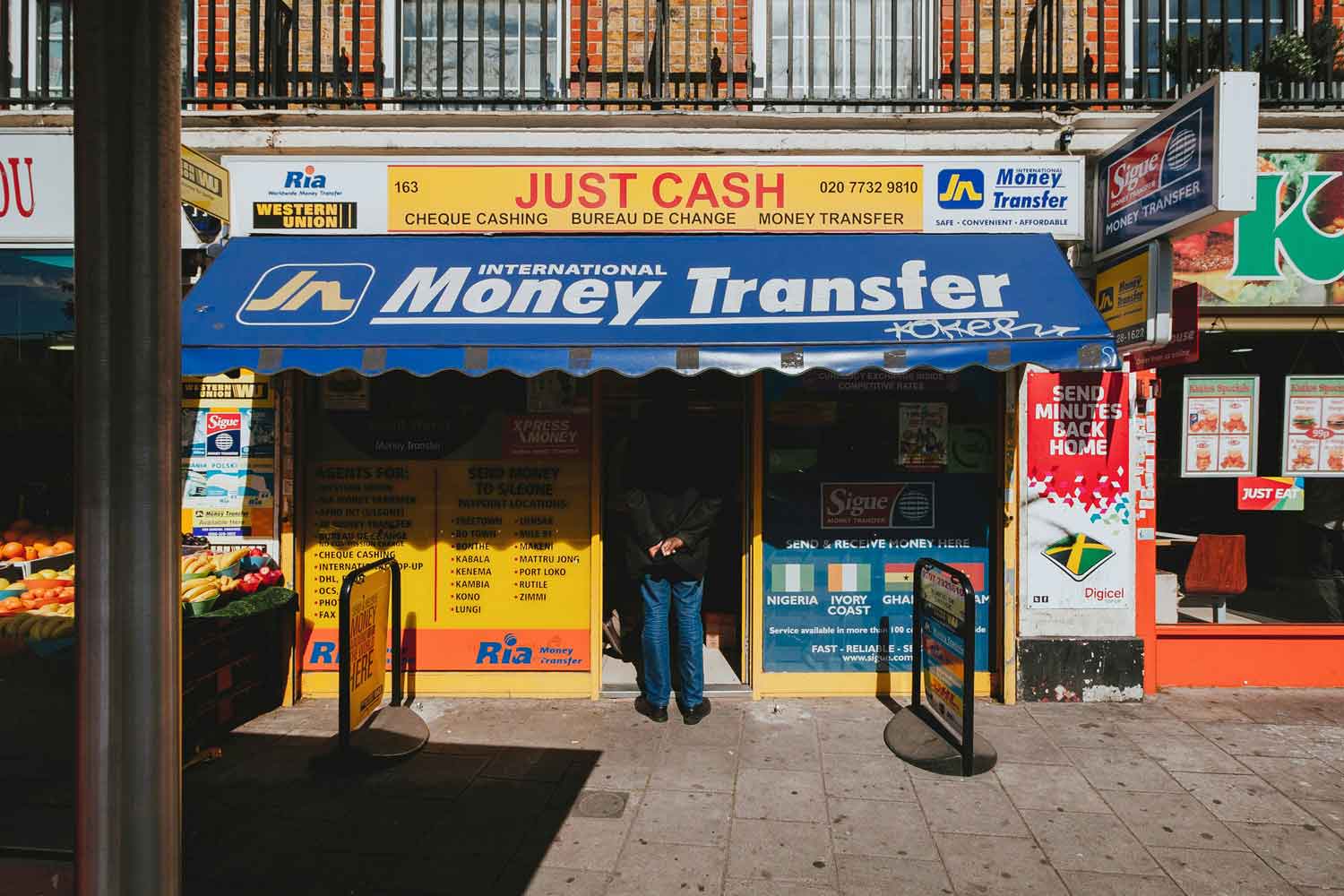Existing costs a lot at the moment. A ‘cost of living crisis’ has gripped the UK over the last five years, with millions of households increasingly struggling to make ends meet as prices for essential goods and services continue to rise. Inflation, which measures the rate at which prices rise, reached 11.1% in October 2022, the highest level in over four decades. While the rate has since eased to 3.2% in March 2024, the impact on household budgets has been severe, particularly for those on low incomes https://commonslibrary.parliament.uk/research-briefings/cbp-9428/ So, what does this mean for single mothers?
Energy bills
First, let’s look at the causes of the cost of living crisis. Energy bills have been a significant driver of the cost of living crisis. The energy price cap, which limits the amount suppliers can charge for gas and electricity, has seen substantial increases over the past two years. In October 2022, the cap was set at £2,500 per year, a 27% increase from the previous level. While the cap has since fallen to £2,074 as of July 2023, it remains significantly higher than pre-pandemic levels, putting extra pressure on household finances, particularly households headed by a single parent.
Food
Food prices have also continued to rise, with the cost of essential items like bread, milk, and eggs rising sharply. According to data from the Office for National Statistics (ONS), low-income households have been disproportionately affected by food inflation, as they spend a larger portion of their income on these necessities. Low income households have therefore had to adjust their diet to contain more low-cost items, or decrease their food shopping bills by buying less.
Housing
The crisis has also impacted housing costs, with rent prices also rising sharply across the UK. In some areas, rents have increased by over 20%, making it increasingly difficult for many families to find affordable accommodation. The situation has been exacerbated by a shortage of social housing, forcing more people into the private rented sector where costs are higher. Obviously this situation is also one that impacts many single parent families.
Cost of living payments
To alleviate the burden on households, the government has introduced several support measures, including cost of living payments for those on means-tested benefits. These payments, worth up to £1,350 per household, have provided some relief, but many argue that they are insufficient to address the scale of the crisis.
The impact on homelessness
Charities and organisations working to combat homelessness have warned that the cost of living crisis is putting more people at risk of losing their homes. Crisis, a national charity for homeless people, has highlighted the disproportionate impact on those already struggling to find secure and stable housing, as rising rents and bills make it increasingly difficult to make ends meet. crisis.org.uk
Single mothers and the cost of living crisis
Single-parent families, 90% of which are headed by women, had average savings of only £400 between 2018-2020, compared to £8,000 for all households. This leaves them extremely vulnerable to rising costs. Nearly half of single parents report cutting back on or going without food to cope with increased living costs. One in five single parents had run out of food in the preceding two weeks and could not afford more.
What’s more, 88% of single parents are worried about paying for household essentials, with one in five already relying on credit to cover basic costs. 76% of single-parent families are now in debt, with a third seeing their debt increase over £1,000 in the past year due to rising essentials.
Single parents typically spend 87% of their disposable income on fuel and housing costs, compared to 67% for couple parents. Single-parent households have the highest rate of fuel poverty at 26.4%. Single mothers report having to rely on food banks, being unable to afford childcare to work, and not qualifying for welfare support despite struggling immensely with costs.
READ MORE:

